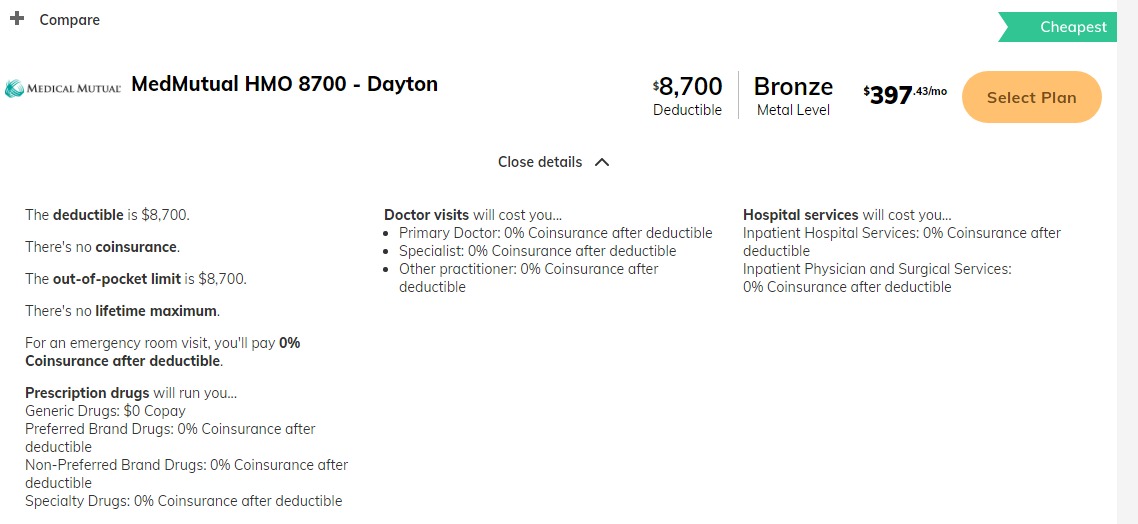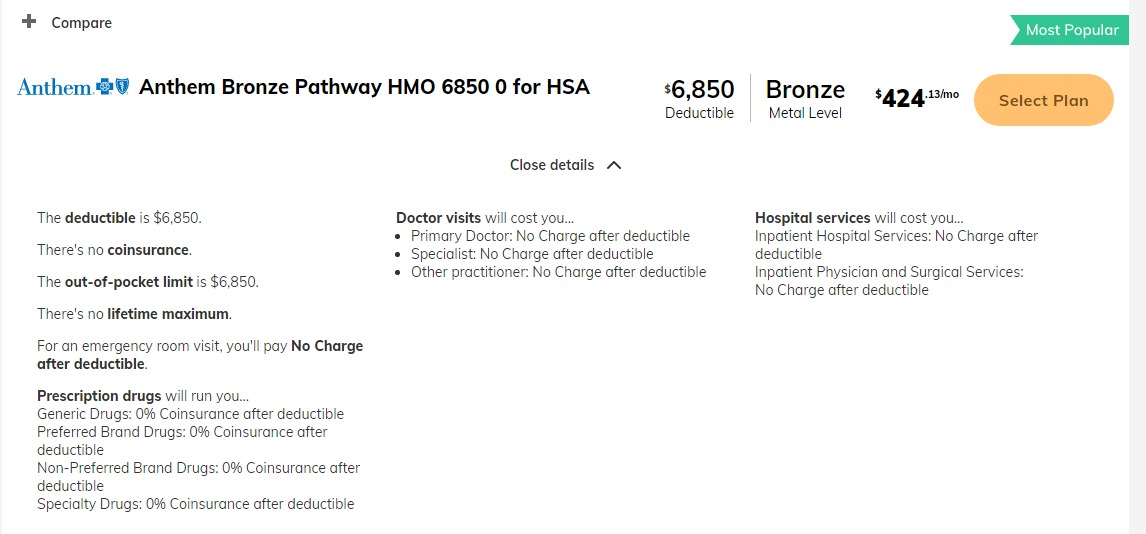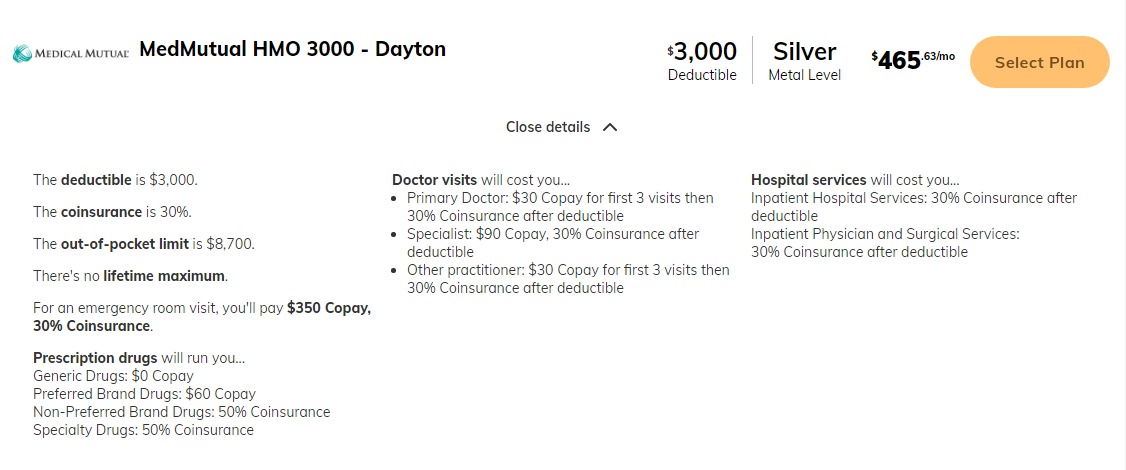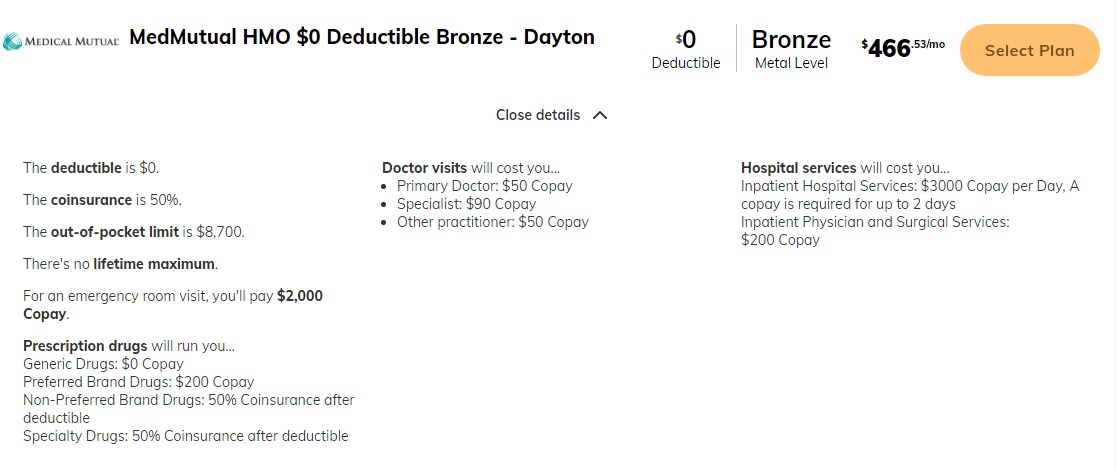Many non-Medicare health insurance policies have limits on the number of physical therapy visits the plan will reimburse during a calendar year.
Some plans are limited to 20 visits per year. Other plans are limited to 60 visits per year.
In this article I will review how to get more physical therapy visits as a provider or patient once the insurance policy visit limit has been exceeded for the year.
Understanding Health Insurance Terminology
Insurance Premium – this is the monthly fee an insurance beneficiary will be required to pay to purchase the insurance policy. This monthly fee is required to be paid regardless of whether or not healthcare services are used.
Deductible – this is the dollar amount a beneficiary is required to pay before the insurance plan begins to pay a portion of the allowed amount. To best illustrate how the deductible works I will share an example.
If a patient has a physical therapy appointment scheduled for January 1, 2022 and the insurance policy resets on the first of the year with a $2,000 deductible the following claim would look like this:
| Physical therapy date of service | 01/01/2022 |
| CPT Code and Charge | 97110 – $50 |
| Allowed | $23.21 |
| Discount | $26.79 |
| Deductible | $23.21 |
| Patient Responsibility | $23.21 |
In the example above, the deductible of $2,000 would have a $23.21 credit and the remaining deductible amount would be $1,976.79.
The patient would NOT owe $50. The patient would owe $23.21.
The pateint would continue to pay the contract adjusted rate until the total $2,000 deductible is met at which time the patient would then be responsible for the copay, coinsurance amount until the out of pocket maximum has been met.
Copay – This is a fixed dollar amount most often applied to each office visit. Examples of common physical therapy copays are $25 per visit, $50 per visit, and $75 per visit.
Coinsurance – This is a percent of the allowed amount. For example a 20% coinsurance would reflect a patient payment of 20% of the insurance contract’s allowed amount.
In the example above a 20% coinsurance of the $23.21 allowed amount is $4.64. If the patient met the deductible and the policy had a 20% coinsurance in the example listed above the patient would pay $4.64 and the insurance would pay the $18.56 which represents the remaining 80% of the allowed amount.
Out of Pocket Limit – This is the maximum dollar amount a beneficiary would be responsible for paying before insurance pays the full allowed amount.
High Deductible Plan – This is an insurance policy in with a high cost deductible, lower monthly premiums, and a benefit maximum that usually matches the deductible.
How to Verify Health Insurance Coverage
Step 1: Look at your personal health insurance card. On the front of the card you will see:
- The name of the insurance company
- The name of the insured beneficiary
- Member ID or Subscirber ID number
- Group number
Step 2: On the back of the insurance card you will find a telephone number for
- Member Services
- 24/7 NurseLine
- Travel Coverage
- Provider Services
- Precertification
- Help for Pharmacists
- Pharmacy Member Services
Different insurance plans and policies may have more or less information listed on the insurance cards for those plans.
Step 3: When calling to verify insurance coverage of physical therapy services specifically you may want to collect some additional information.
It may help to have your chosen provider’s NPI number. This can be found on the NPI natitional registry.
Step 4: Call the member services telephone number with your insurance information and the provider’s NPI available. Follow the telephone prompts until you are able to speak with a live customer service representative.
Ask the following questions:
“Does my policy have a deductible and if yes, how much is the deductible, how much of the deductible has been met, how much of the deductible is remaining?”
“Once the deductible is satisfied, does my policy have a copay or coinsurance? If yes, how much is either the copay or coinsurance for each physical therapy visit?”
“Does the copay or coinsurance change if I recieve physical therapy services at an independent private practice using place of service code 11 compared to a hostipal outpatient clinic using place of service code 22?”
“Does this policy have out of network coverage? If yes, then what is the out of network deductible, copay, or coinsurance? Do payments made toward the out of network deductible apply to the in network deductible?”
“Does this policy have a visit limit per year or a financial limit?”
“Does this policy require any form of prior authorization?”
*Optional: Ask for a list of local in network physical therapy providers.
How to Request Additional Physical Therapy Visits
Some insurance policies have a “hard limit” on the number of physical therapy visits allowed per year. In these cases the patient or the therapist may request an extension or additional visits based on medical necessity but this is often denied.
In the case of insurance policies and coverage determination based on medical necessity alone, it is the responsibility of the treating physical therapist to determine why the patient continues to require the skills of a therapist in delivering the physical tehrapy service. The physical therapy initial evaluation and plan of care reports should fully indicate all medical complexities, comorbidities, and other factors that contribute the need for extended physical therapy care.
In either case, a patient could request copies of the physical therapy notes and physician referral to directly request additional physical therapy coverage from the insurance company directly.
Negotiating Self Pay Physical Therapy
If additional physical therapy coverage continues to be declined, the next step is to discuss self pay physical therapy services with your provider. This might be called direct pay physical therapy, self-pay physical therapy, or concierge physical therapy.
You might also ask about wellness service or personal training services delivered by the physical therapy facility.
Most physical therapy clinics will have a self pay rate for patients who have exhausted their insurance coverage or don’t have insurance coverage. These self pay rates are often discounted with what is known as a “Prompt Pay Discount.”
Prompt Pay Discount Physical Therapy
Each clinic will have a different policy regarding prompt pay discounts for phyiscal therapy services. It is common to receive a 40% discount from the established bill rate when paying at the time of service.
Flexible Schedule Discount
A less common discount you should ask your physical therapist about is a flexible scheduling discount. An example of this would be if your physical therapist has a last minute cancellation, you would be called and offered that appoint at a discounted rate. Another example would be if you were able to book appointments at less busy times in exchange for a discounted rate.
Express Visits
The final way to negotiate self pay rates is to request shorter visits. In outpatient physical therapy delivered in a private practice setting many clinics provide 60-minute treatments. This is usually billed as 4 units of 15-minutes.
If you only need a single 15-minute unit of treatment for a service like manual therapy or to take updated range of motion measurements, then you may ask your physical therapy provider to schedule you for a single unit visit.

Anthony Maritato, PT
Private Practice Owner / Physical Therapist
After starting a private practice physical therapy clinic in 2022 with his wife Kathy Maritato, PT, Tony and Kathy grew their practice to five locations across two states.
Now, Tony and Kathy enjoy spending time treating patients in the morning, coaching therapists in the evening, and being home to play with their dog Tucker and 4 boys.




